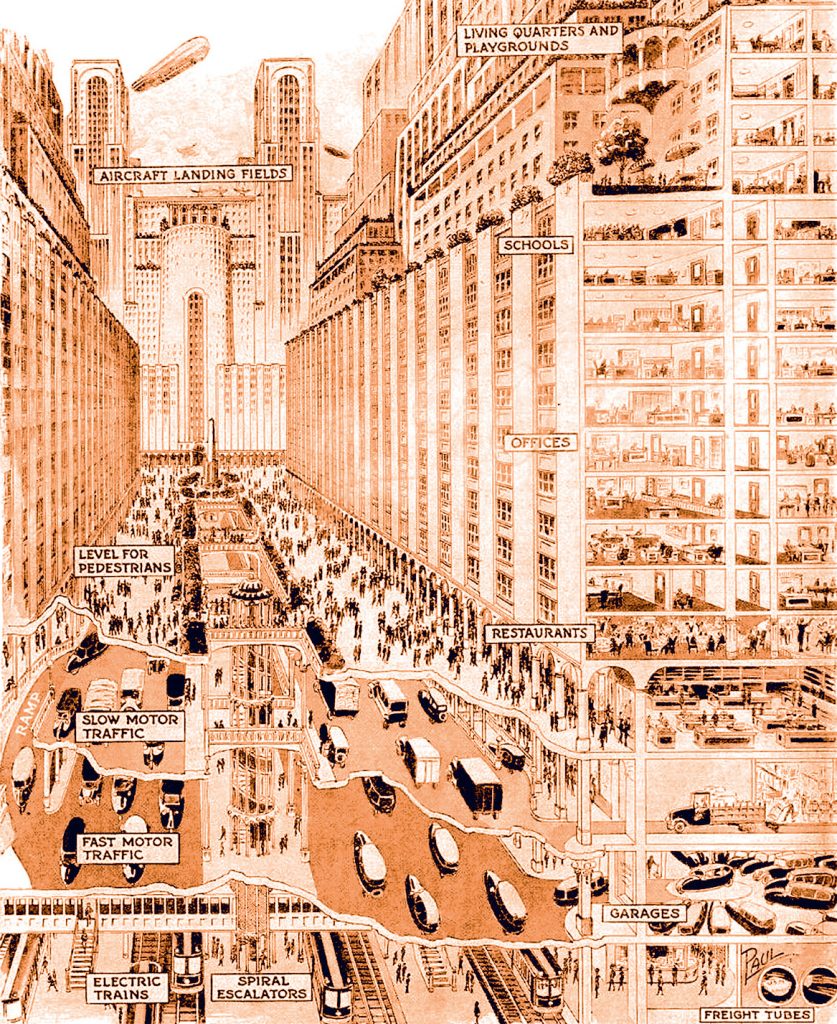Abstract submission
To participate in the Call for Abstract, your proposal can be sent (maximum one for each author) in the form of an abstract in English language. To apply, please fill-in the submission form, and provide a single PDF file with the following information:
- Title (100 characters max);
- Subtitle (150 characters max);
- Author’s information (Name Surname, University affiliation, Email address);
- Short biography (300 characters);
- Keywords (max 3);
- Abstract text (max 2000 characters, including spaces);
- Image representative of the proposal (one, preferably original by the author);
- Bibliographic references (3 references);
PhD candidates, post Docs – or researchers, practitioners and postgraduates who have defended their thesis and PhD dissertation within the last 5 years can propose a contribution.
Call for Contributions
«Ce n’est pas une conférence sur la mobilité».
As infrastructures of movement often prioritize technical efficiency, they risk neglecting the qualitative and experiential dimensions of space, an oversight that architectural thinking is distinctively positioned to address. Architecture offers a special perspective to address this gap, particularly in light of SDG 09-Industry, Innovation and Infrastructures and SDG 11-Sustainable Cities and Communities, and in reference to the principles of the EAAE Charter.
By engaging with mobility through a transversal approach, the conference explores how architectural design can contribute to reimagining spaces to overcome functionalist engineering limitations, also considering the ecological, climate and social impacts of mobility spaces as something more than mere built objects.
Through the examination of design methodologies and prototype case studies, the conference attempts to unveil the potential of architectural design and research tools to enrich unconventional discussions about mobility in urban and peri-urban contexts, its spatial configurations and experiential qualities. Although mobility is intended as a framework, the discourse will focus on the spaces above, below, in-between, and to the sides of the ordinary boundaries of architectures of flow, as well as on the spaces of new forms of movement. The conference «Passages. Architecture of Flowing and Connecting Spaces» seeks contributions which critically address the following key questions:
(a) Intersection
Architecture plays a crucial role in the transformation of urban spaces related to mobility, defining new configurations for the city in transit. Nowadays, shifts in the ways of moving advocate for a revised approach to spatial design to support the evolving patterns of mobility, including the renovated architectures for intermodal hubs, slow-mobility facilities and stations, heritage of the great authorial tradition of railway, maritime and airport stations. Formerly perceived as mere transit platforms, parking lots, or gateways to the city, they should be reimagined as nodes, intersections, of urban liveability integrated into the urban fabric as open public space: dynamic cores for the definition of contemporary spaces for interaction and exchange. Designed by Rem Koolhaas « the Zeebrugge terminal was an early warning about the impact that structure (and to a less visible extent, services) would have on the series of “large” buildings. » (1995, p. 601).
Keywords: intermodal nodes, mobility hubs, facilities
(b) Collateral
The surrounding spaces generated by infrastructures, as well as those in direct interference, are often dismissed as residual and sacrificable within contemporary development agendas. However, these “non-places” require a critical rethinking oriented toward their valorisation and regeneration, for example in dealing with a renewed approach on climate change and biodiversity relevance. Such collateral places are interconnected with the built environment and the open space, and demand a sensitive and respectful reinterpretation that acknowledges the presence of existing infrastructure. On-hold spaces open discussion to new values and experimental design which can upgrade the infrastructural meaning, without intervening on physical infrastructures, but as an endorsement to mobility networks. « Mobility spaces are not neutral; they are cultural and social constructs that require design interventions to enhance their potential as public space. » (Vöckler, K. & Eckart, 2023)
Keywords: borders, non-places, reclaimed spaces
(c) Evolution
Forms of mobility based on emerging technological developments, explored from an architectural point of view, offer innovative perspectives on the logistics and circulation of people and goods. The twentieth century saw the emergence of visionary scenarios that explored alternative approaches to movement, mobility and time, anticipating future developments and transforming spaces. Under the pressure of a changing world and the emergence of contemporary challenges, they are becoming a tangible reality. Pioneering projects – from the utopian past to advanced scenarios for the future – aspire to conceptualize the integration of cutting-edge technologies into everyday space, more integrated with blue and green infrastructures. «Transformation of mobility networks will redefine how people move through the city […] to create urban corridors that allow seamless movement between work, living, and leisure, integrating high-speed transit, slow mobility, and pedestrian-friendly environments » (Cavallo et. al., 2018)
Keywords: pioneering scenarios, futuristic visions, logistics, advanced air-mobility, alternative mobility
References
- Allen S. (1999), Points+lines: diagrams and projects for the City, Princeton Architectural Press
- Apel-Muller Mireille et al. (2003), Bouge l’architecture : villes et mobilites. Paris: Institut pour le ville en mouvement
- Banham R., (1976) Megastructure: Urban Futures of the Recent Past. London: Thames and Hudson.
- Benjamin W. (2012), Das Passagenwerk, Berlin: Suhrkamp Verlag
- Cavallo R., Kuijper J., Ardenne van Maurits and Juul Heuvelmans (2018) City of the future. Mobility & Public space in the city of the future. BNA Royal institute of Dutch Architects
- Ferlenga A., Biraghi M., Albrecht B. (2012), L’architettura del mondo. Infrastrutture, mobilità, nuovi paesaggi. Milano Triennale: Editore Compositori
- Hauck T., Keller R., Kleinekrt V. (eds., 2011). Infrastructural Urbanism. Addressing the in-between. Berlin: DOM Publisher
- Koolhaas R., Mau B. (1995), S, M, L, XL, New York: Monacelli Press
- Muoto (2023), Holy highway, Paris: Caryatide
- Shannon K., Smets M. (2010) The Landscape of Contemporary Infrastructures, Rotterdam: NAi Publishers
- Vöckler, K. & Eckart, P. (2023). Mobility Design: Shaping Future Mobility. Volume 1: Practice. Berlin, Boston: JOVIS. https://doi.org/10.1515/9783868599725

Diagrammatic representation